Home Hydroponic Gardening Systems
Is your home not really set up for traditional gardening, and you still would like to garden? Maybe home hydroponic gardening systems are right up your alley?
If you are ready to wet your pallet on a soilless garden, then perhaps hydroponic gardens are worth a try!
Don't need to feel like your paddling upstream, we will go over the different types of home hydroponic gardening systems, their positives and negatives, and what might be the best for the small spaces in your home.
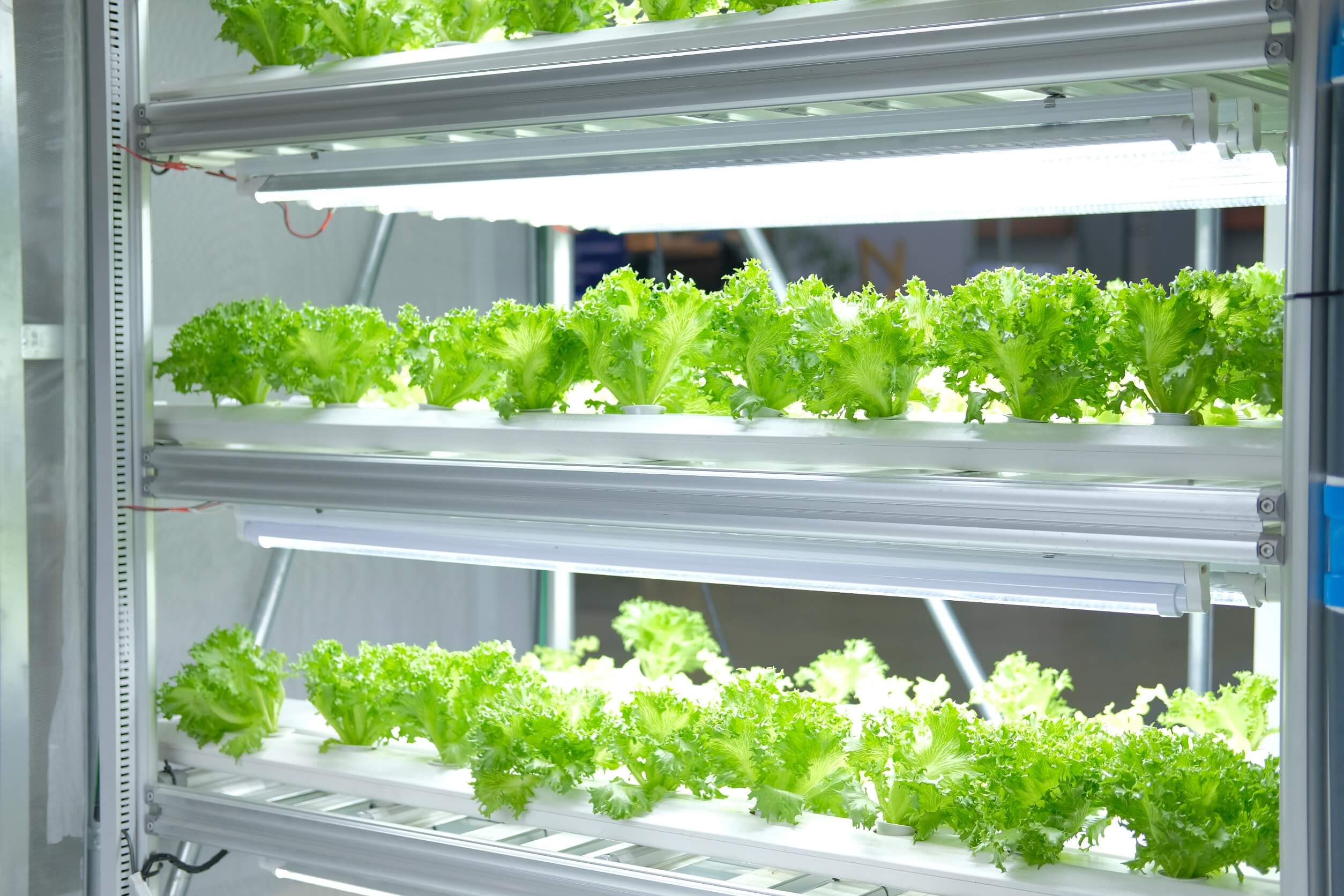
Overview Of Home Hydroponic Gardening Systems
Hydroponics is an easy and low-maintenance way of growing plants both inside and outside. Using a hydroponic system inside can even be done all year long. The technology of hydroponics doesn't require soil and can be great for growing crops in places with limited space.
There are a lot of different hydroponic systems available, so it is important to choose the right one for you.
There are several types of home hydroponic gardening systems to choose from:
- Nutrient Film Technique (NFT)
- Deep Water Culture (DWC)
- Ebb and Flow System
All of them use a nutrient water solution to feed the plants roots suspended in an inert (doesn't dissolve) growing medium (such as Rockwool or clay pebbles).
Each technique has pros and cons but all of them work in a similar way. They just use a slightly different set-up to achieve it.
Types of Home Hydroponic Gardening Systems
If you have limited space in which to set-up your garden, either outside or inside, hydroponics may likely provide that "solution"to growing your own fresh fruits, vegetables or other plants and flowers.
We will go over each of the 3 main types in detail, including their pros and cons, which hopefully will help you start on your very own trip downstream to a home hydroponic gardening system!
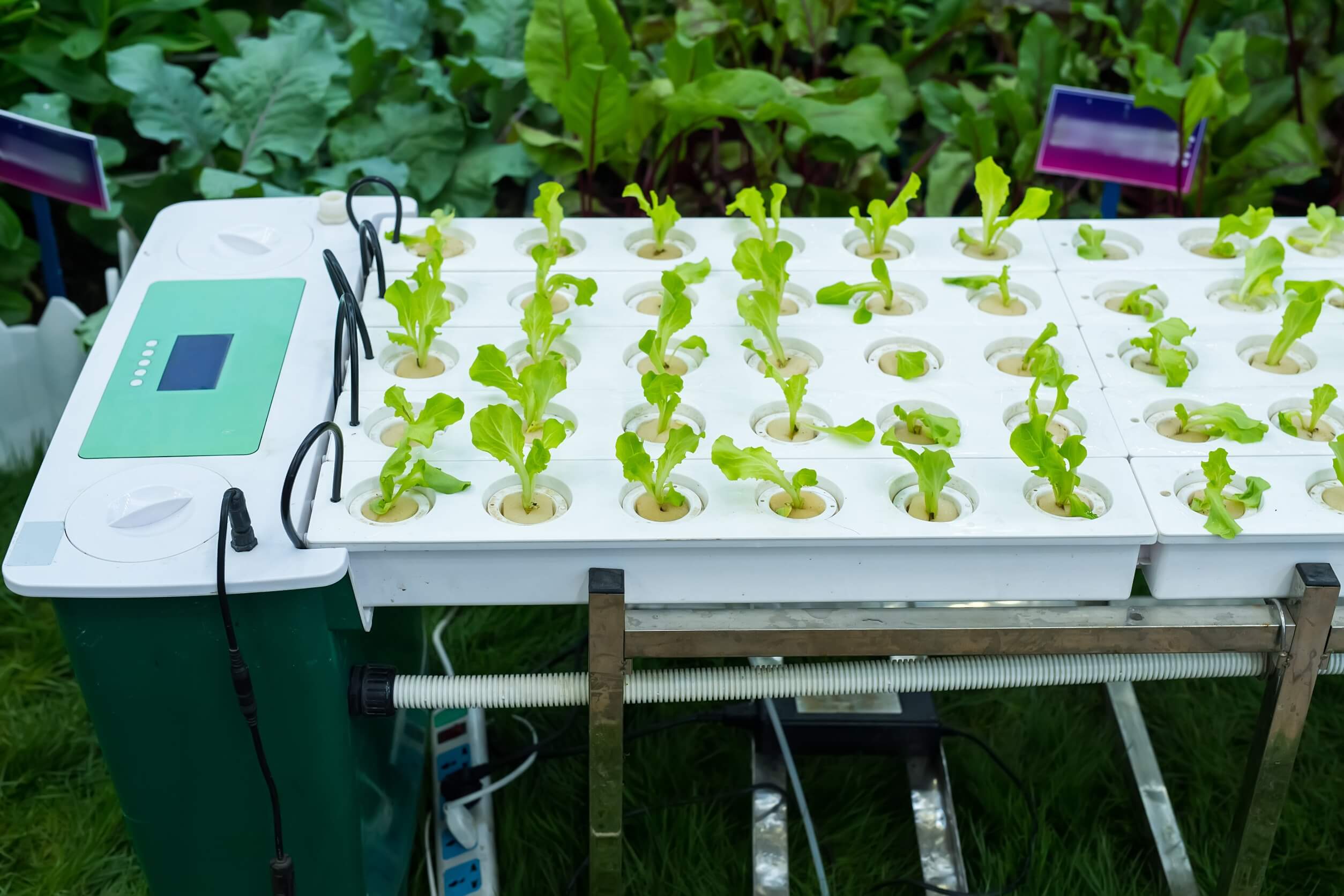
1. Nutrient Film Technique (NFT)
NFT systems involve a thin film of nutrient-rich water flowing over the plant roots, providing them with nutrients and oxygen. The nutrient solution is contained in a separate reservoir or storage container, mixed with air bubbles, and pumped to the trays containing the plants. The film of water will then flow back to the reservoir.
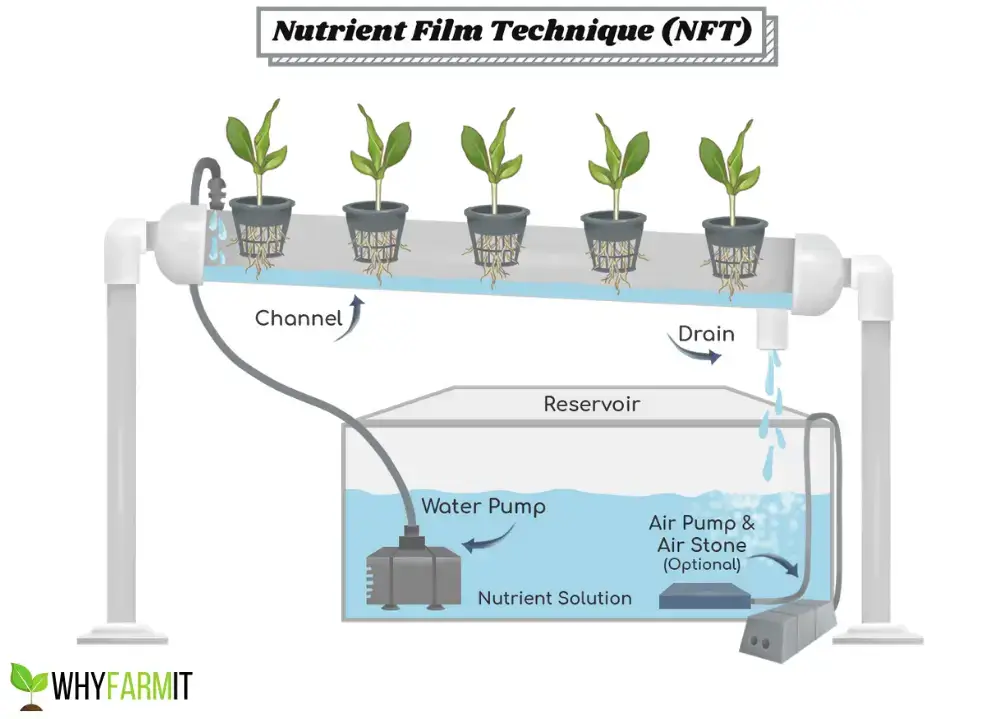
The main distinction of this type of hydroponic system is there is a constant flow of nutrient-rich water flowing across the roots of the plants, providing constant food and oxygen to the plants.
These can also work very well in a vertical configuration, such as a tower garden. Tower garden type set-ups are particularly good in small spaces, because the foot print is smaller and depending on the height, can be contain a lot more plants.
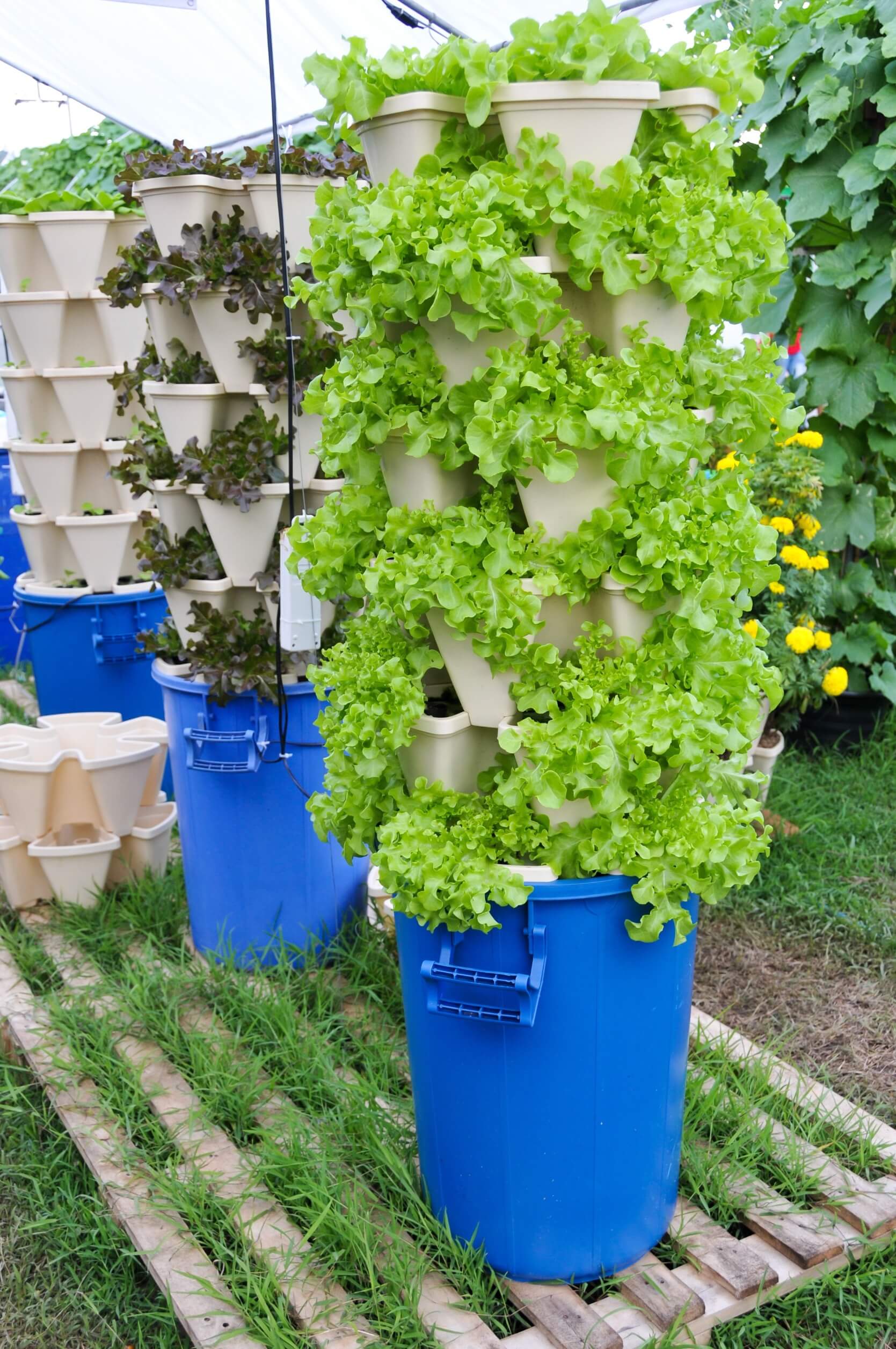
NFT System Pros
- The plants get a constant supply of oxygen, more than most other systems.
- Efficient nutrient delivery
- Great for small spaces as the trays can be thin.
- Once the system is set-up and the nutrient solution is balanced to the right pH, it is very low maintenance. You don't need to check on it constantly (so long as the power is on)
- Great for growing lettuce, green, and herbs
- You don't need to have a pump for the air, as the roots suspended in the net cup can get the oxygen from above the water.
NFT System Cons
- It is complicated to set-up initially.
- requires a constant supply of power to keep the pumps running.
- Does not work well with top heavy plants or vegetables, such as tomatoes or cucumbers, or plants with tuber roots.
2. Ebb and Flow Hydroponics System
The Ebb and Flow hydroponics method is also known as the "Flood and Drain" method due to the way it uses water cycles. It is one of the most popular hydroponics methods, especially for beginners because it is relatively easy to set up and can grow many different types of plants.
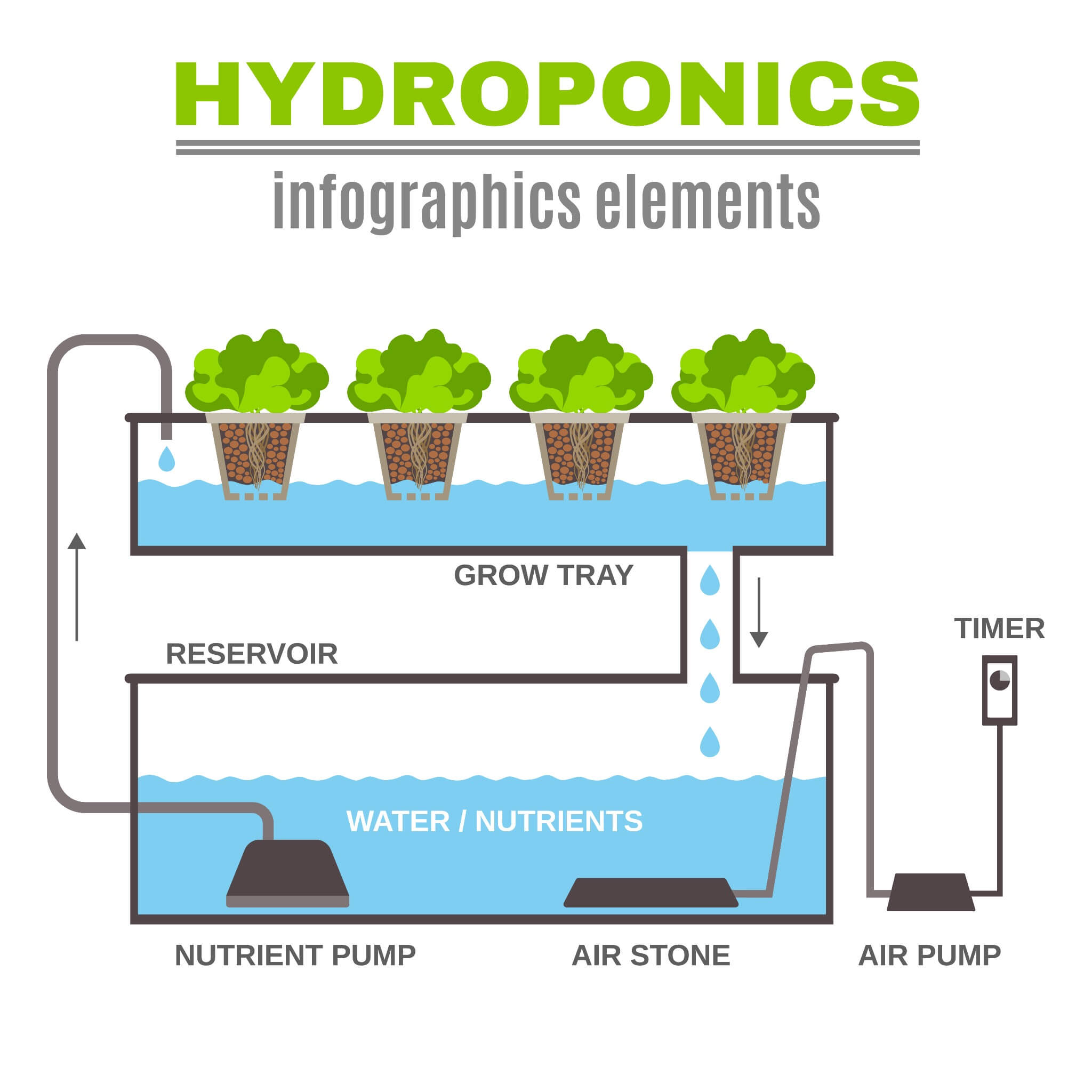
In an Ebb and Flow system, the plants are placed in a grow tray. The grow tray sits above a reservoir full of water and nutrients. A submersible water pump brings water up out of the reservoir and into the grow tray. The water then drains slowly back into the reservoir through a drain tube.
In the Ebb and Flow method, the pump brings a large amount of water up at once (the “flood”). The plants’ roots then sit in this water as the excess drains back into the reservoir. These regular cycles are usually run by an electric timer.
Some set-up will use what is called a "bell siphon" instead of a pump on a timer. The bell siphon is located in the grow tray, and allows the water to build up to just under the net cups, then it triggers the bell siphon to release and drain the grow tray.
Ebb and Flow Pros
- Grow trays are generally deep enough to hold a larger variety of plants. This gives you more flexibility in changing what you grow over time.
- It is usually easier to expand by adding more grow trays to the same reservoir.
- You can customize the size to fit the space you have.
- If you use a timer on your water pump, you can adjust the water cycles depending on which plants you are growing.
Ebb and Flow Cons
- It requires a good cleaning between planting cycles to prevent bacteria or mold from occuring.
- This system also requires a constant source of power to keep the pumps working.
- While not difficult to set-up, it is not what you would call easy. If you are a beginner gardener or not looking for too high an investment to start with - keep reading!
3. Deep Water Culture Hydroponic Systems (DWC)
The main feature of deep water culture hydroponics (DWC for short), is that it only has one container.
This container is usually between 8 and 10 inches deep typically, although it is sized based on how much nutrient solution is needed for the types of plants you are growing.
This system also requires a pump, but instead of a water pump, it uses an air pump.
The air pump works to distribute oxygen to the plants because their roots are fully submerged in the water and nutrient solution. The plants are usually suspended over the solution and held usually by a net cup on the lid of the container.
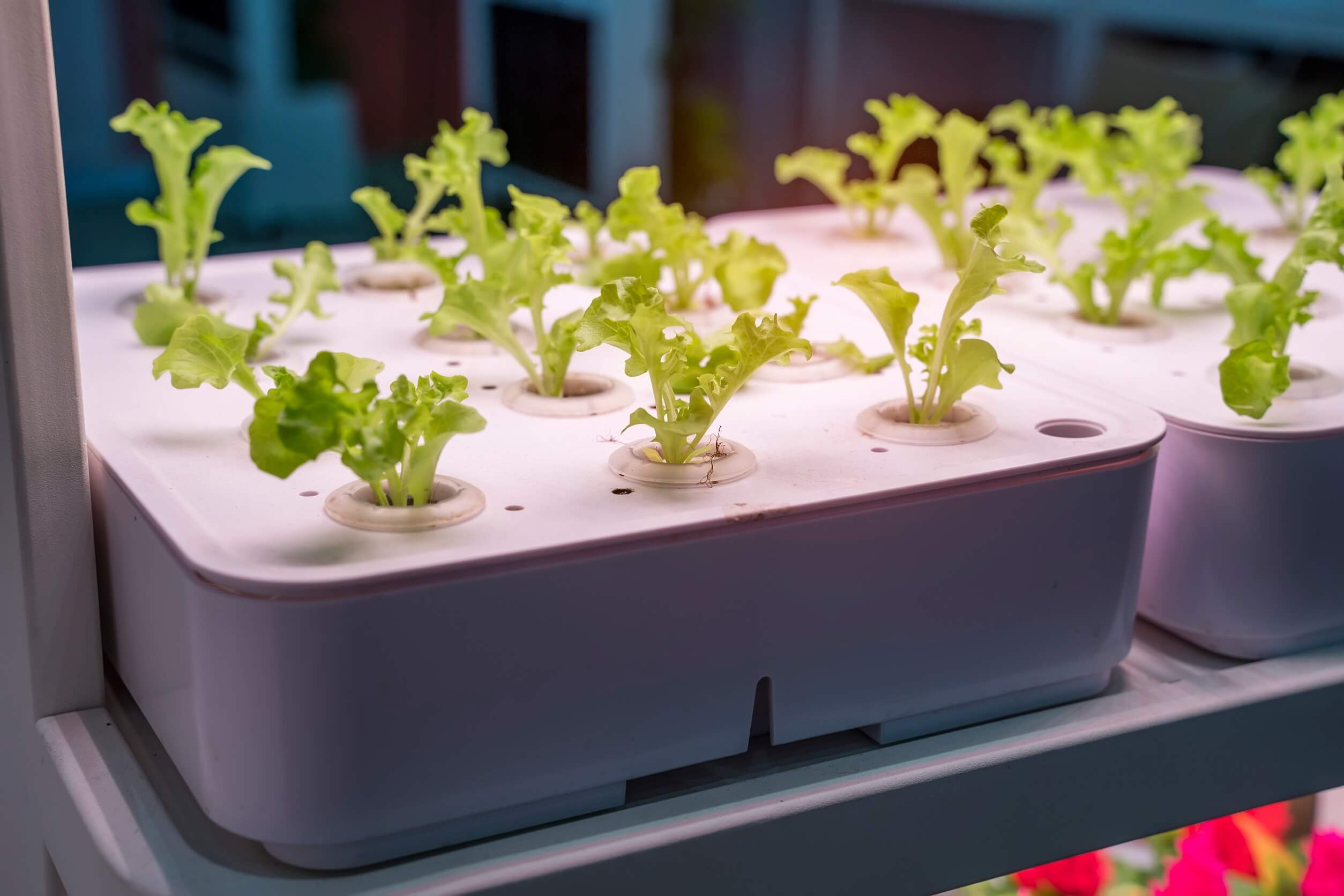
The plant net pots are filled with an inert growing medium such as rockwool or peat pods, and the plant seeds are placed inside. Often seeds are started on a grow table in the growing medium, then placed in the net pots once the plant has matured a few weeks.
In the DWC system the plant roots are submerged in the water and nutrient solution constantly for their entire lifetime. This means the roots aren't exposed to oxygen on their own. That is where the air pump comes in. The air pump distributes oxygen to the roots to help the plants get more nutrients to grow strong and healthy.
In some cases a raft system is used, made typically of styrofoam, to enable the plants float on the water like a raft.
Another version of the DWC system is known as "Kratky Hydroponics" - this is a beginner friendly system which requires no power for the water or air. Use the link to learn more!
DWC System Pros
- This system is very easy to build, you can use just about any food grade container.
- Requires very little space to set-up.
- It is beginner friendly because of the simplicity and low equipment cost.
- Once the nutrient water is balanced for an appropriate pH, it requires very little in the way of monitoring.
DWC System Cons
- The air pump does require power.
- The water can sometimes be hard to balance the pH levels, and you may feel like a mad chemist at times.
- The water reservoir is heavy so you will need a strong and stable surface to hold it.
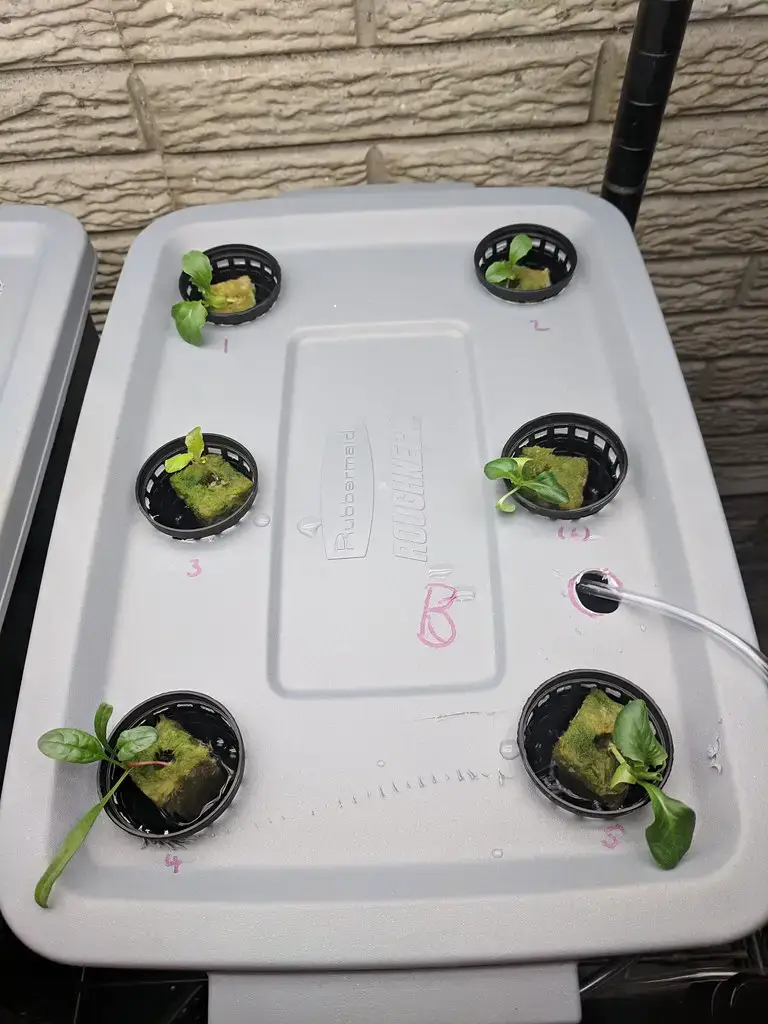
Here is an example of a simple DIY type DWC system. Just cut the holes for the net pots and for the air hose and you are ready to go!
Additional Considerations
While you are reading the above descriptions, there are a couple of items that are consistent with all options, but have a different impact depending on your individual locations.
1. Access To Sunlight:
- Do you have access to sufficient natural sunlight for the plants you plan on growing? All plants need light to grow, some need way more than others.
- If you are growing the plants indoors, you may need grow lights, depending on the system you pick this can be more expensive if everything is spread out.
2. Water Quality:
- Some cities use heavy amounts of chlorine to treat the water, which is not ideal for plants and you will need to let it evaporate somehow.
- Some areas have heavily mineralized water, which may be harder to balance with the nutrients. You may need to filter it more before you use it with your hydroponic system.
3. Pollination:
- If your plants will require pollination to produce the flowers and fruit, and you keep your system indoors, then you will need look at doing this manually for the plant.
Choosing The Right Hydroponic Gardening System For Your Home
With any home hydroponic system, choosing the right one to fit your home, gardening experience and interests is essential to its' success.
I would recommend any gardener start with their own priorities in mind.
Without picking two number 1's, decide which of the following criteria is the most important:
- Cost
- Simplicity (technical)
- Flexibility
- preferred plants, fruits of vegetables you want to grow
- Limited space available
- Access to Sunlight
- Time available
Once you have picked the most important, rank your #2 and #3 as sub-priorities.
Re-read the descriptions of the different types of systems and see which fit your own priorities.
For example, if you have lots of vertical space, in an area with natural light, then the NFT system might be the right one for you.
If cost is your #1, then a DWC System might be your preferred choice. I think you get the idea.
If you are wanting to start a garden in your basement with grow lights, then perhaps the flexibility of the Ebb and Flow system would work best.
Recommendations And Final Thoughts
If you are a beginner gardener looking to try something out, then definitely just keep it simple to start.
- Deep Water Culture (DWC) is the one I would recommend. Pick a lettuce or green type of plant and just start with a small DIY container that will fit an area you have natural light for most of the day. Start out small and expand as your confidence grows. It will also be easier on your budget until you get a better idea of what works in where you live.
- The easiest and cheapest is of course the Kratky Hydroponic method. If you missed the link above, go check it out now.
- The NFT Garden Towers kits are a good project if you have limited space, like some mild technical challenges, and have a more flexible budget (they are not inexpensive). Or for a bigger challenge you can always give building your own a go.
Additional Resources
Other Websites
There are some additional resources where you can get more detailed information when you are ready for the more "mad scientist" level of home hydroponic gardening.
Have a look through some of these sites:
1. University of Minnesota Extension - Article entitled "Small-Scale Hydroponics" [Gardens] by Natalie Hoidal, Extension horticulture educator; Amanda Reardon, Leah Worth and Mary Rogers, Department of Horticultural Science.
2. University Of Florida - IFAS Extension - Article entitled "Building A Floating Hydroponic Garden" by Michael Sweat, Richard Tyson, and Robert Hochmuth. This article explores an inexpensive roof mounted hydroponic garden based on the ancient Aztec floating gardens.
YouTube
1. Hoocho:
This link is to a YouTube Video ("Hoocho" Channel, Australian) I found which does a pretty good job of doing a 25 minute overview of different home hydroponic gardening systems.
While some of the conditions he has a specific to living in Queensland, Australia, it gives a good overview of the different types of systems.
HOME > Hydroponic Gardening > Home Hydroponic Gardening Systems (This page)


